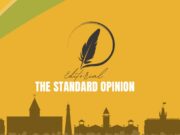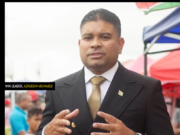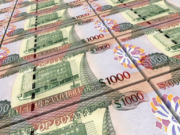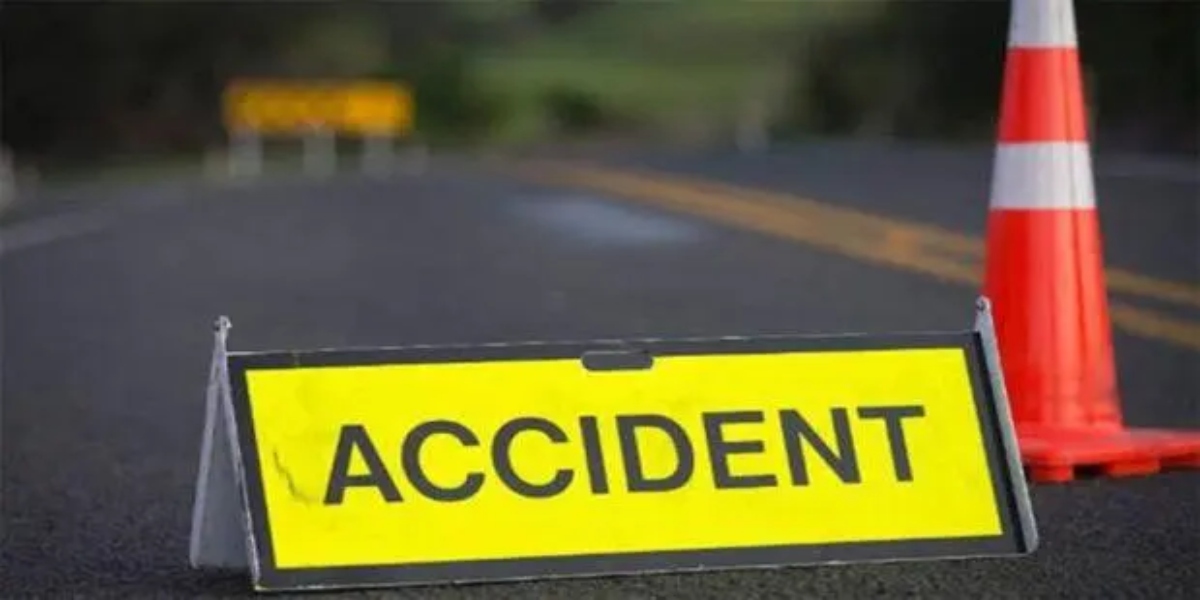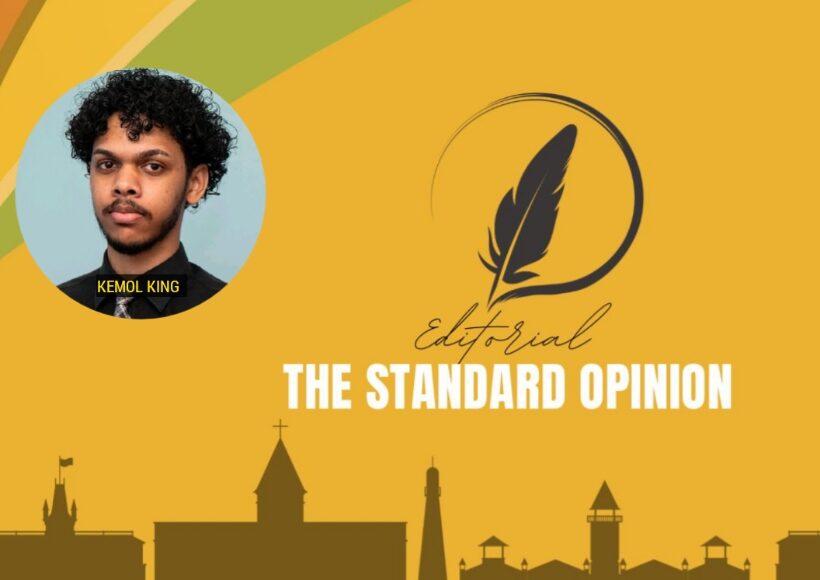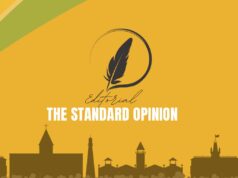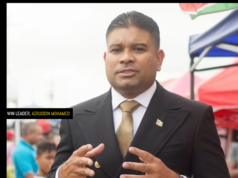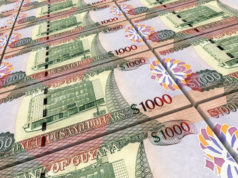By Kemol King
The People’s Progressive Party/Civic (PPP/C) government has signaled plans to redistribute state advertising, aiming to give online news outlets a fairer share based on their reach and level of engagement. The plan comes well past the beginning of an age in which news consumption has shifted from print to digital media. It is a practical step. However, the government’s plan also carries a layer of convenience, because while modernization is necessary, the shift could also diminish the influence of private newspapers that have traditionally held government to account. The move can entrench the media dominance of the ruling party, which controls three state media outlets.
Throughout the years, Kaieteur News and Stabroek News have complained that their advertising from the state was, at times, reduced as punishment for their reporting. Bharrat Jagdeo had previously come under fire for the government’s withholding of ads from Stabroek News when he was President. In 2019, while serving as Opposition Leader, Jagdeo admitted he was wrong for doing so.
The withholding of state advertising to punish critical reporting is incompatible with democratic values. At the same time, we cannot ignore that the media environment itself has transformed. Today, online media platforms surpass print in reach, immediacy, and audience engagement. If the government intends to ensure that its public information reaches the widest possible audience, a redistribution of its advertising spend to digital outlets makes complete sense.
Governments and private advertisers around the world are diverting resources from traditional media toward digital platforms where most consumers, especially young people, now live. In that respect, the PPP/C administration’s proposed revision of the advertising model is justified and perhaps even overdue.
But modernization does not absolve the state of its obligation to maintain support for a fair, plural media environment. It must be done in a way that promotes inclusivity, and not reinforce perceptions that the government is rewarding friendly outlets while starving critical ones.
The PPP/C’s relationship with some private press has long been fraught. Vice President Bharrat Jagdeo and President Irfaan Ali have both criticized the country’s independent newspapers, arguing that some journalists masquerade as opposition activists. The President said, during his inauguration speech in September, that the government would hold the media accountable. During a press conference weeks ago, the Vice President questioned why Stabroek News would raise concerns about the state’s advertising, pointing out that in 2024, the state newspaper Guyana Chronicle received $206 million in ads, Kaieteur News $202 million, Stabroek News about $170 million, and Guyana Times roughly $150 million. The government’s defense is that such figures prove no bias exists.
Weeks ago, Jagdeo was asked how the government identifies opposition actors in the media, which he and the President have said must be held accountable. “For me,” he said, “it is a pattern of behaviour. I have seen people who will invent rumours… They get paid by businessmen. They get paid by the [We Invest In Nationhood] campaign to carry positive views and to cuss the PPP all the time.”
It is true that not all media actors are innocent. Some have blurred the line between journalism and lobbying, created conditions for distrust and have weakened the public’s faith in journalism. But this misbehavior is not exclusive to anti-government reporters.
While some reporters accuse the government of being hostile to the media, it is important to know where to draw the line and not be disingenuous in doing so. The media cannot expect to report without being challenged or criticized. Public debate thrives on contestation, and government officials, like anybody else, are entitled to respond to reporting they find unfair or inaccurate. How the government mounts these challenges, however, is important. The government possesses vast power which can be used to wield economic and other forms of warfare, and it must be transparent in how it goes about challenging and criticizing the media. What has raised eyebrows is the notion, voiced by the President and Vice President, that the government itself should “hold the media accountable.”
If fairness to online media and the need to maximize reach are the reason state ads are being redistributed, then let those be the driving forces for that endeavor. And if calling out unfairness and untruths is what the government means when it says it will hold the media accountable, this is well within the government’s right. Let these be two separate affairs.
Vice President Jagdeo has said that the media in Guyana are “self-regulating”. Self regulation, though imperfect, remains preferable to state regulation, which would pose an obvious conflict of interest, and which the Vice President, weeks ago, stopped short of introducing to the discourse. Accountability for the press, in this regard, properly belongs to the public, to professional peers, and to ethical standards, not to the government the media are there to scrutinize.
The way state advertising is distributed matters. It matters who receives it, when, and under what conditions. Advertising is a powerful economic lever. Used carelessly, it can tilt the media ecosystem in favor of those who are more pliant. Used transparently and objectively, it can help sustain a diverse media environment that reflects the full spectrum of public opinion.
While it is natural for Stabroek News and Kaieteur News to rush to defend their economic interests, and criticize the unfairness of withholding ads for political purposes, it remains to be seen whether these newspapers will, as fervently, advocate for the government to fix the injustice being done to the digital media. See how convenience can apply to both sides?
As the government considers a new advertising model, there are constructive steps it can take. It can increase, not merely redistribute, the overall advertising budget to ensure that traditional newspapers remain buoyant while new online platforms receive fair support. It could establish a transparent mechanism for distribution, guided by measurable criteria such as reach and engagement, rather than an official’s discretion, which is arbitrary and subject to political interference. The process should be open to public scrutiny to prevent the perception, or reality, of persecution.
Finally, there are vast online communities of persons who mimic various forms of journalistic expression, but are not journalists. How the government defines online media will be critical.
The government has an opportunity to show that its modernization agenda is a genuine effort to democratize its communication to better accommodate the digital world, and not to reshape the media to its liking.
